Line25 is reader supported. At no cost to you a commission from sponsors may be earned when a purchase is made via links on the site. Learn more
Selling on the Shopify eCommerce platform is hyper-rewarding and fun, but only if you are taking advantage of the best strategies, tactics, and methods, that produce profitable results. This featured post will break down the best Shopify tips and tricks to help you get the most out of your Shopify store, resulting in a positive boost for your Shopify store.
Updated July 5, 2022
According to Backlinko, 1.75 million merchants sell using Shopify, with a total of 457 million buyers in 2020. Moreover, Shopify processed $79.5 billion in order value in 2021. With this kind of data, being on the Shopify platform to engage in eCommerce is a wise choice.
There’s no better time to be on this powerful eCommerce platform than right now. If you need to get ahead of the competition, increase sales and conversions, or you’re just started, then you’re in the right place.
You’re about to see 10 of the best tips for Shopify beginners as well as seasoned store owners. So, bookmark this article for future reference since you’ll need to take one bite at a time to implement these methods. Let’s get started!
The best 10 Shopify tips for beginners and experienced store owners
Tip #1 – Stay on top of your eCommerce SEO game
This first Shopify tip is vital if you want to increase your online searchability. It’s imperative for you to create a plan and focus on Shopify SEO (search engine optimization) specific to eCommerce and more so, specific to Shopify. Here are 3 key points that should be part of your optimization plan:

1. Keywords
Identify the right keywords using Google Trends, Google Adwords Keyword Planner, or Yoast SEO tools that integrate with Shopify. And add them to page titles, Meta descriptions, ALT tags, webpages’ body content, product descriptions, and URLs.
2. Copywriter
If it financially makes sense, hire an SEO copywriter who can optimize your content by placing keywords in all the right places. If it’s not possible, start learning how your competitor’s top-ranking pages are constructed by reverse-engineering them. Additionally, you should study SEO expert writers like Brian Dean of Backlinko.com and some of the top SEO-focused blogs at Moz.com and Ahrefs.com. For insight from the biggest search engine on the planet, you can check out Google’s SEO starter guide.
3. Sitemap
For search engine bots to crawl your webpage or website add your sitemap.xml file to the Google Search Console, this will help you get to rank higher in SERPs. Click on the link to locate and find your sitemap.
Tip #2 – Broaden your product range (creatively) and upsell
Having a broad range of products to offer your customers can generate additional revenue. Most consumers will consider adding additional items to their cart if the price is right and the product complements the main product they want.
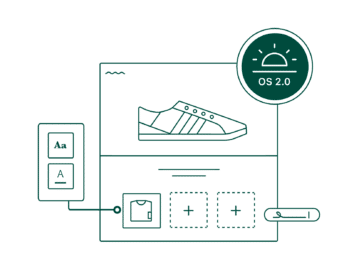
If you sell sneakers, you don’t have to stick to just selling sneakers. Leverage the digital platform and be creative by selling more related products for additional revenue as an upsell.
Offering other related products works very well. Just look at Amazon, Target, and others who upsell using phrases like “Frequently bought together” or “you may also like”.
This doesn’t mean you have to manufacture new products altogether, so here are some ideas for expanding your product range and providing your customers with extra merchandise to purchase:
- You can sell ebooks, stickers, and wallpapers on all things footwear.
- Sell socks, inserts, and foot treatment products.
- Offer rewards and referrals to your customers through codes and coupons.
- using print-on-demand features, allow for customization of sneakers like choosing colors, patterns, adding names, etc.
Tip #3 – Don’t increase inventory too quickly
Add a maximum of 25 products to your store on day one regardless of how tempting it is to list all, as it will only overwhelm you. Then, at frequent intervals keep adding new products when it’s most convenient. This has an SEO benefit as well.
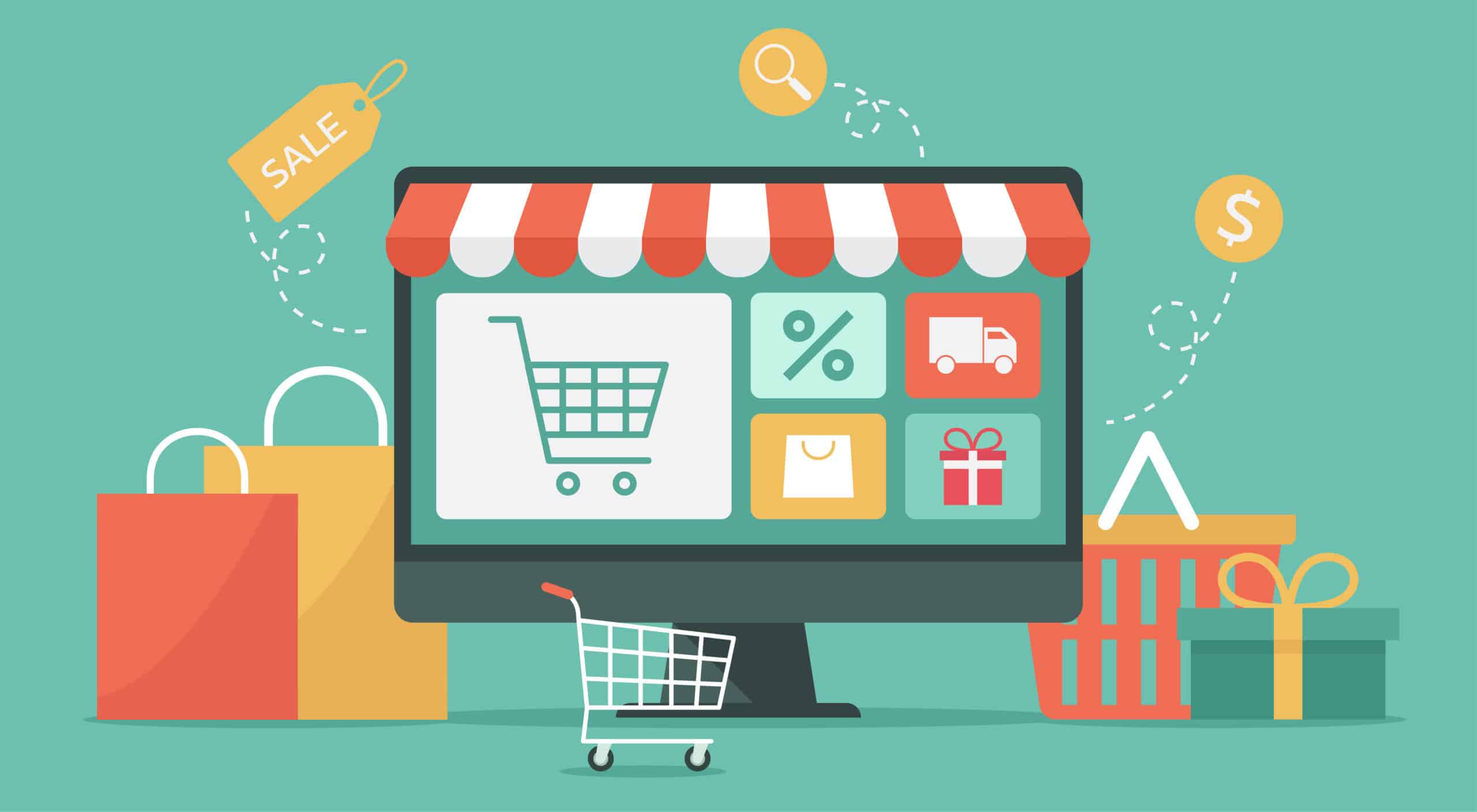
Posting all your products at once and posting none the next day or a couple of days, would reduce the chances of Google crawling your website. Google’s crawlers prefer to see your website as active and crawl it when you add new inventory in a consistent manner. Posting social posts, and blog posts, creating new web pages, and updating old ones can help too.
Tip #4 – Basic visual elements of your website
Here are some basic yet powerful tips for the visual aspect of your Shopify store:

Website Theme
It’s better not to over-customize the web template Shopify offers you. These templates are professionally designed, keeping in mind customers’ tastes and what’s new. Just because Shopify allows customization doesn’t mean you go all in, so it isn’t necessary that you have a designer’s skillset.
Product Images
Using clear images is of foundational importance. Majorly all customers validate a product’s quality through pictures. Therefore, ensure you have high-resolution pictures of your products. It’s better to hire a product photographer for this. Image quality speaks loudly regarding your care and concern for details that will certainly be reflective of the care and concern you place on your products.
Company Logo
Make sure your logo is minimalistic, especially if you’re dropshipping on Shopify. Using text logos is the latest fashion. Also, see that you upload your logo in .png and not .jpg to not have an odd white square to it.
Tip #5 – Build a customer list
Customer lists are a goldmine. They give you the opportunity to nurture existing customers, reach out to leads, and revive the cold leads through recommended products, discounts, or other re-marketing communications.
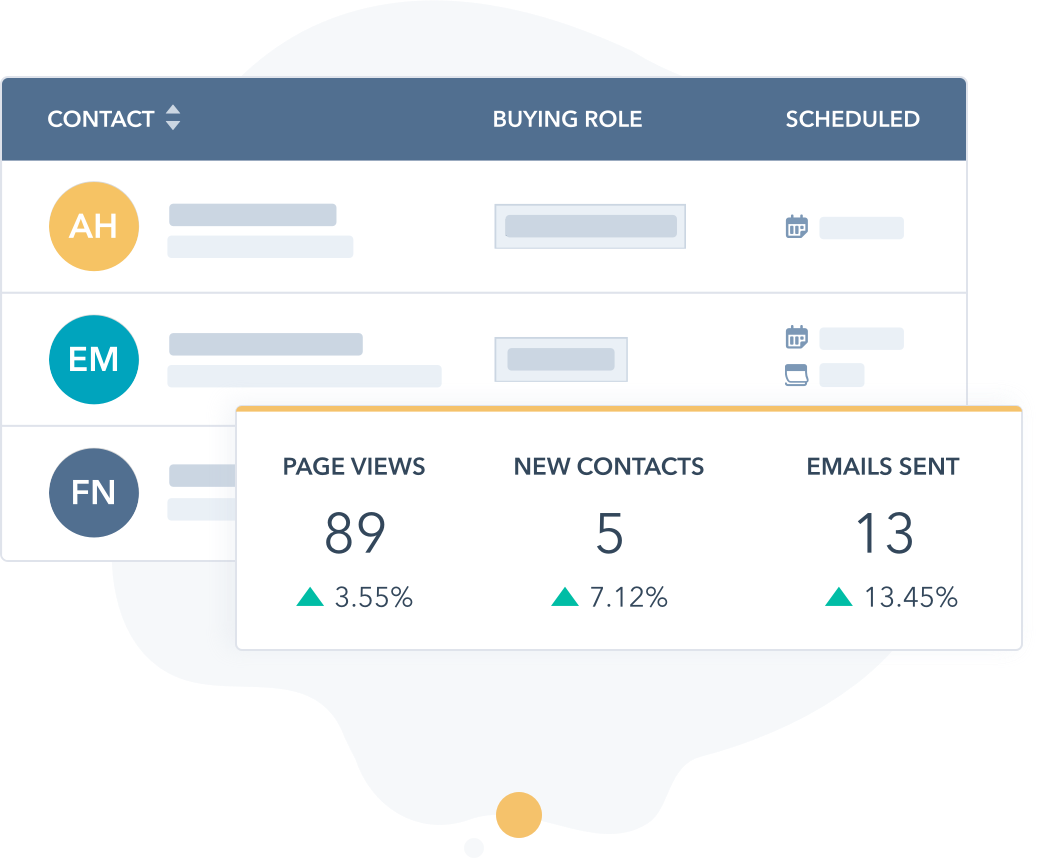
To create a customer list, you need a good contact management system. Consider contact management software known as CRM (Customer relationships management) that can integrate with all lead generation forms you create on Shopify. These forms can be sales queries, support issues, general queries, etc.
If you need some assistance creating forms, Whole Design Studios is the best Shopify contact form app. They can help develop the best Shopify contact form tailored to your specific needs.
Tip #6 – Simplify your pricing/currency format
Do you believe the marketing price trick of .01 cent lower than a whole dollar amount (ie; $29.99 instead of $30) really convinces the customer that the product is slightly cheaper, or would you prefer to display neat, rounded-up prices like Nike.com and others do? Either of the two, Shopify lets you automatically set your pricing to your preference, e.g., $39.99 or $40.

If you want to change your pricing format to display whole prices or with cents, you have the option to make the changes in your store dashboard. Here are the steps:
| Settings > General > Store Currency > Change Formatting |
More insights on pricing by Neil Patel can be found here.
Do whatever you can, obviously in an ethical way, to get social proof on your eCommerce Shopify website in the form of reviews, ratings, or testimonials. It is extremely powerful. In fact, according to Global Web Index, almost 50% of consumers in North America use online customer reviews for product information.
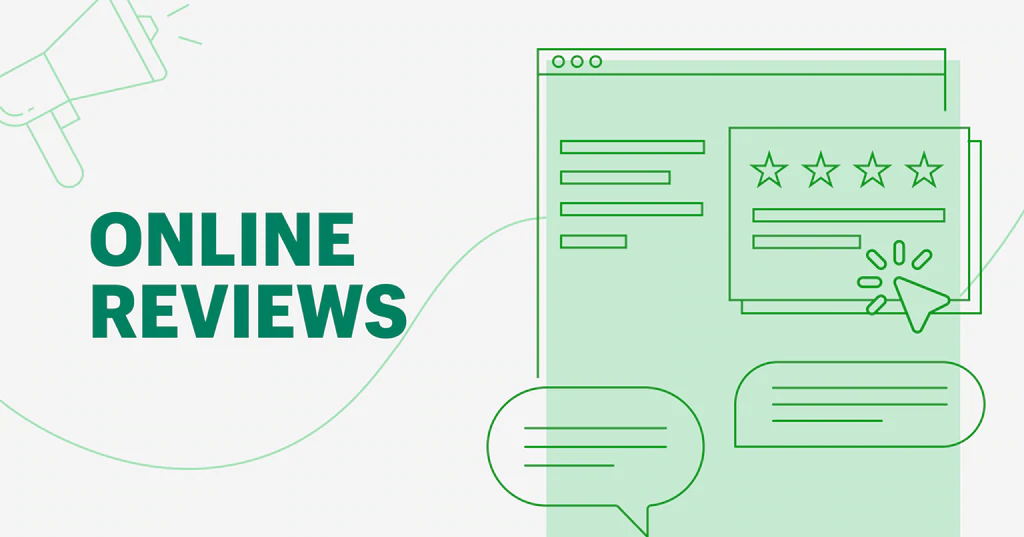
Customers are more inclined to trust a brand when they see that others are happy with it. This makes them trust the brand easily and are more open to spending more.
Here’s a detailed guide on the topic.
Tip #8 – Tap into Shopify’s resources
Shopify has a vast App Store with 7000 apps specifically designed to create awesome online stores. Moreover, it has a gamut of self-explanatory material online like blogs, videos, tutorials, and more with actionable information to help store owners succeed.
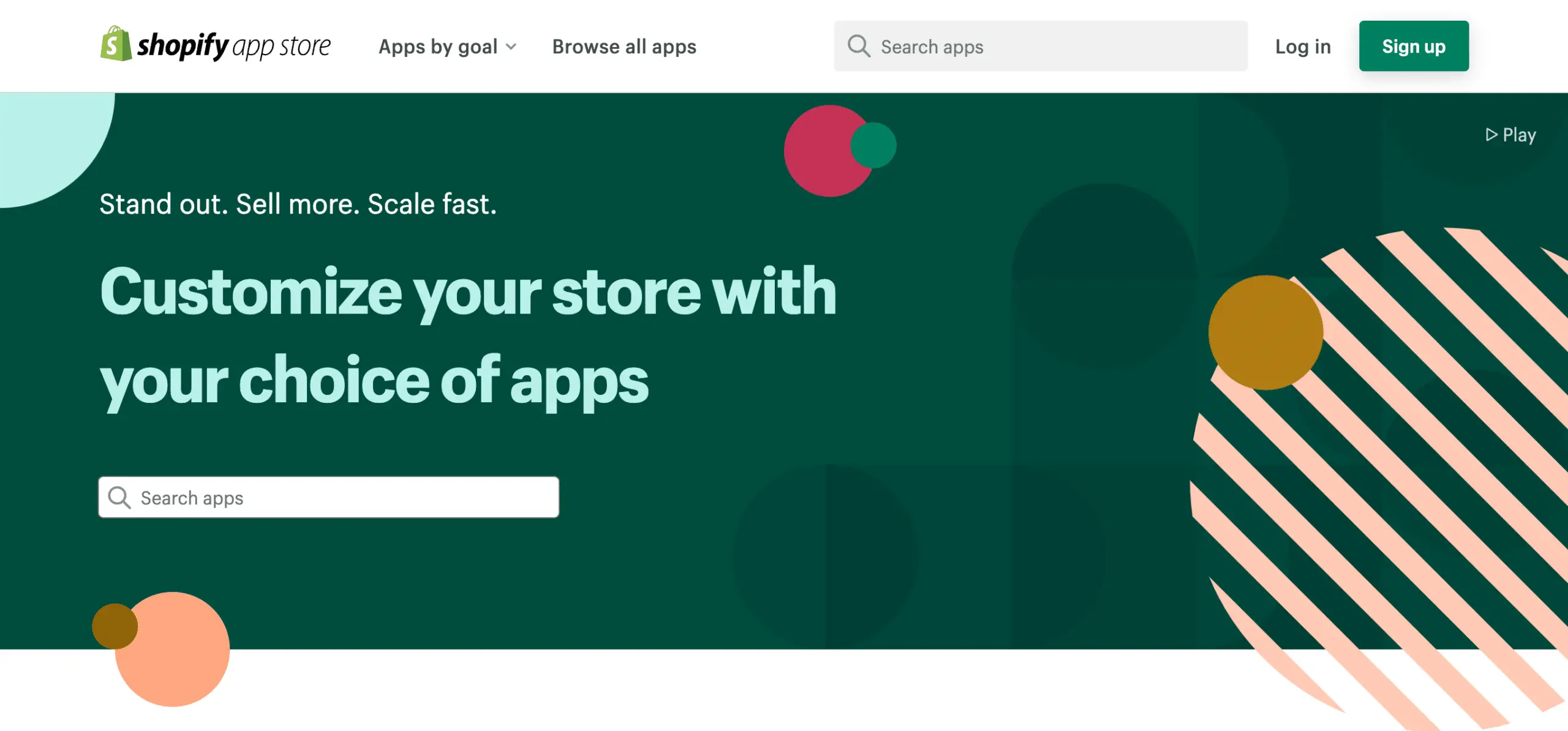
More than half of the world uses social media. As a retailer, you can leverage the power of social media to boost your Shopify store’s footprint. Here are some ways to do that:

Run Ads
PPC (pay per click) ad campaigns are effective ways to reach people beyond your friend list, followers, and what the social media algorithm would allow.
The best thing is you can reach out to your target audience using the tools these platforms provide, thereby giving you a great boost to your sales. In addition, such ads have a nominal cost and yet offer great dividends.
Post Engaging Content
Consistently posting compelling content that will encourage user engagement on your social media handles will have multiple benefits, but here are just three:
- Your brand gets more visibility
- It’s free advertising
- The more you post, the more organically your audience grows thanks to sophisticated algorithms
Therefore it is essential to keep posting interesting content on various social media platforms for constant audience engagement. Over time this will create opportunities to make followers into loyal customers.
Extra Tip: In addition to posting engaging content on social media accounts, if you have a blog on your Shopify store, the value of posting content that encourages user engagement is a vital factor there as well. The longer you keep them engaged, the higher probability of getting a sale.
Having a blog on your eCommerce website should be part of your SEO plan. A blog centered around your niche will help to draw in keyword-relevant traffic if it’s optimized correctly.
Interact With People
The biggest benefit of social media is that it gives you an opportunity to interact with people one on one. However, doing so can get difficult once you have a massive audience. Having said that, regardless of the size and type of your business, people love to be responded to on social media. Eventually, it gives your business a very good brand reputation.
Tip #10 – Having a responsive website is crucial
On average, 30.6 percent of consumers worldwide bought something online every week in the third quarter of 2021, according to Statista and nearly one-third of US internet shoppers used mobile devices to make a purchase.
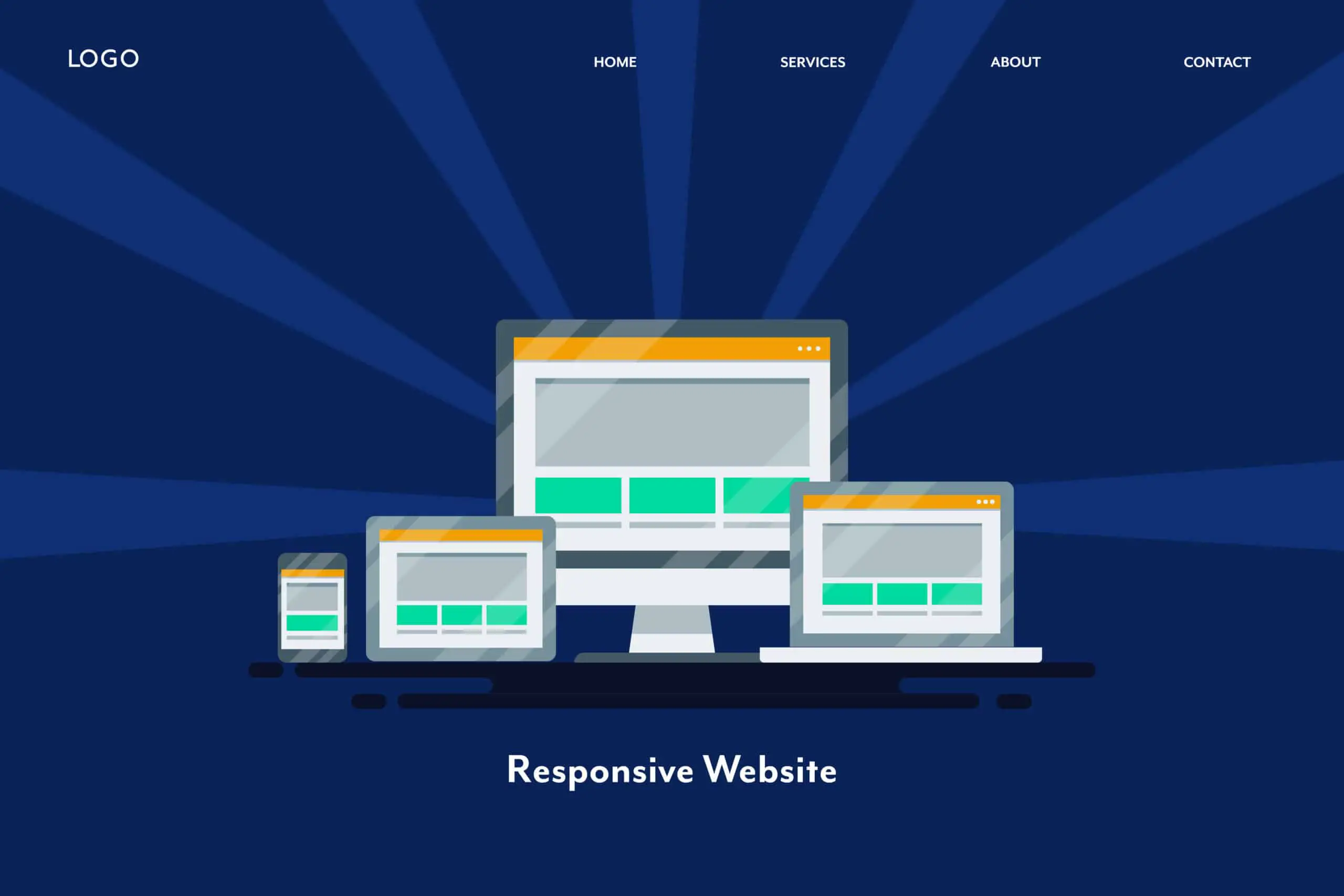
Also, it’s safe to say that 100% of the people who land on your Shopify site would think your business is outdated if you don’t have a mobile responsive website – according to common sense. Not only should your site be mobile-friendly and work well on smartphones (both Android and iOS), but it should also run well on tablets.
Here are some key questions to ask yourself to ensure your site is optimized for mobile:
- Is your content easy to read and divided into short paragraphs?
- Is it easy to navigate and take action on the website?
- Are your images high quality, but fast loading?
- Is your content easy to read?
- Is your store pleasant to the eye?
- Are your “calls to action” easily accessible?
Other Shopify Related Posts:
Summary
The online retail space is booming at an unprecedented rate. Shopify is a potent e-commerce platform if you get the basics right. The best time to get your products online is now If you haven’t started your Shopify store yet. The longer you wait the more your competition will increase their eCommerce footprint.
We hope this article has given you actionable insights on how to get more out of Shopify – driving more profits. Please take a moment to comment below on these 10 best Shopify tips and if you have any others to share – Cheers!


